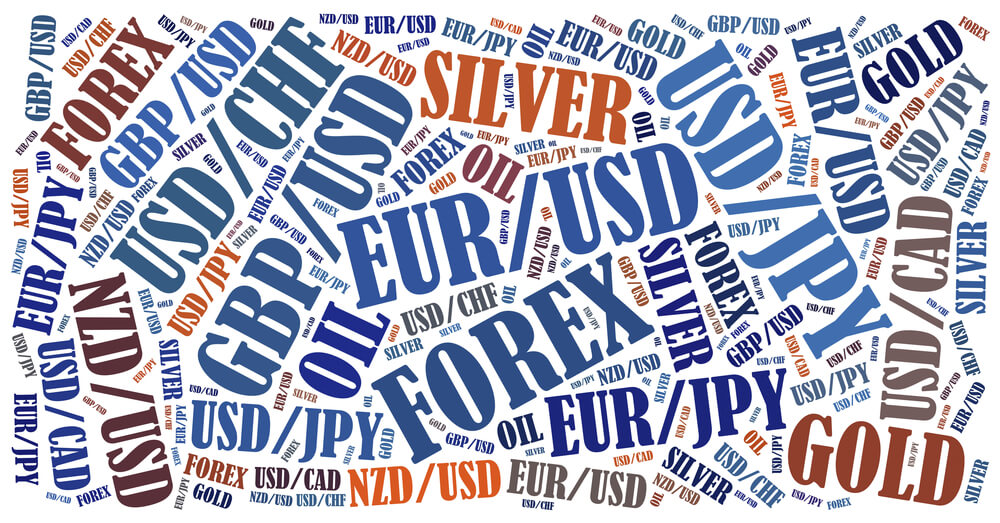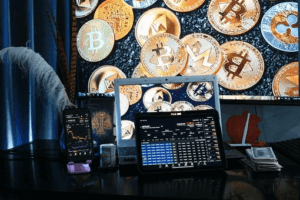Thanks to their specific nature, trading exotic currency pairs on the Forex market requires a different approach from trading Forex majors or minor Forex pairs.
If you are thinking of trading exotic currency pairs, beware that it involves increased risk and represents excellent profit opportunities.
Before tackling the best exotic forex pairs to trade and strategies to use, let’s define exotic currency pairs and take a look at its difference between major and minor currency pairs.
Types of Forex Currency Pairs
There are three categories of Forex pairs: major pairs, minor pairs, and exotic pairs.
- The Forex majors usually include the US dollar as the base or quote currency, and among these Forex pairs, we have the largest and most traded pairs in the Forex, including GBP/USD, EUR/USD, or the USD/JPY. These pairs are the most traded and, therefore, very liquid.
- Minor currency pairs, also known as cross currency pairs, include pairs such as EUR/GBP, GBP/JPY, or NZD/JPY.
- The third category comprises exotic currency pairs. To define exotic currency pairs, we must emphasize that these pairs mainly come from developing countries such as Brazil, India, South Africa, etc. If they are traded less on the Forex and therefore less liquid, they can exhibit high volatility that you as a trader can turn into profit.
Here are the most popular exotic Forex pairs that offer good opportunities for successful trades on Forex:
- Euro/Turkish Lira (EUR/TRY)
- US dollar/Thai baht (USD/THB)
- US dollar/Thai baht (USD/THB)
- Japanese yen/Norwegian krone (JPY/NOK)
- British pound/South African rand (GBP/ZAR)
- Australian dollar/Mexican peso (AUD/MXN)
- US dollar/Russian Ruble (USD/RUB)

The advantages and disadvantages of exotic Forex pairs
Most exotic currencies come from developing countries that generally record strong economic growth and show high potential for speculative trading. The potential profits are even greater than those linked to Forex majors because Forex majors are much less volatile.
The downside of exotic currencies’ trading is the difficulty in finding a broker offering exotic currency trading pairs. The spreads applied on exotic currency pairs are much larger than those applied on Forex major currency pairs. This is due to the low liquidity of this type of currency. Also, you can have a hard time finding information to analyze and optimize your positions. Developing countries generally communicate through the national language and sometimes adopt a certain opacity to their economic results.
How to trade exotic currencies
Exotic currencies are particularly suitable for long-term trading. The lack of liquidity makes these pairs more expensive to trade. This means that they have larger spreads (differences between the bid and ask prices). However, high-interest rate spreads and frequent price fluctuations mean that these pairs generally offer a good potential for returns.
The volatility of exotic Forex pairs enables traders to make a profit but with a greater risk. Regarding the lower liquidity of the market, the trader must understand the risk of slippage. Slippage happens if the price requested is different compared to the filled price. It happens when the specific currency pair is thinly traded, and there are not enough market participants for the traded currency to cover the opposite side of the trading order. You can lower the risk of slippage by putting stop loss and limits to the trading positions.
Here are the three most common strategies for popular exotic currencies: trend trading, range trading, and breakout trading strategy.
- Trend trading means you have to identify an overall market trend for a specific currency pair. After determining if the market is bullish or bearish, decide whether you will take a short or long position. This approach involves a technical analysis, which provides precise quantitative info to support your strategy and trading decision.
- Breakout trading relies on technical and fundamental analysis to profit from price movements when it achieves a historical level. The chart patterns to pay attention to are pennants, descending and ascending triangles, and wedges.
- Range trading is trading exotic currency pairs relying on chart patterns and seeking to profit within a range of support and resistance trends.
The Importance of Research of Emerging Markets’ Economies
Suppose you are new to the foreign exchange and you are unsure of how to manage the risks associated with these currency pairs. In that case, it is best to limit yourself first to the Forex majors, generally less volatile currency pairs. Meanwhile, if you are still thinking of trying trading with exotic pairs, dedicate some time to learning about the specificity of the country’s economies whose currency seems interesting to you.
You should particularly pay attention to the commodity market. The supply and demand of commodities largely affect the price movements of many exotic pairs. For instance, gold trade for the Australian Dollar, oil supply, and demand affect the Russian ruble. Gold, Iron ore, and Platinum affect the African rand and so on.
Before trading exotic currency pairs, the trader should research and carefully study which currency pairs are of interest for the trades, how these currencies perform regularly, and what factors and events markets can cause the most violent fluctuations in their exchange rates.










